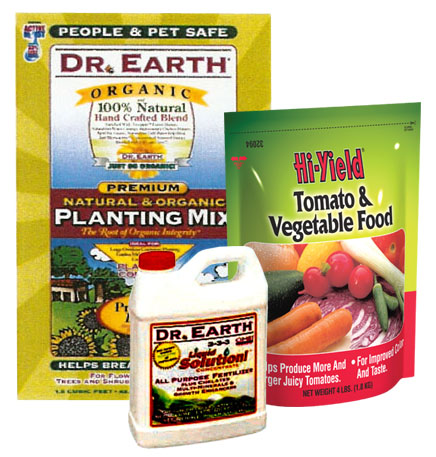TIPS FOR GROWING PEPPERS
Peppers are easier to grow than some vegetables in cooler climates, however they are not frost hardy and should be planted in warmer areas that receive full sunlight. Peppers may be grown directly from seed or from starts. If you are growing peppers from seed, start them indoors in pots under a grow light or in a greenhouse, if you have one. Once the seeds have sprouted and the plants have formed their second set of leaves, they may be transplanted into larger pots and can be brought outside once the temperatures are stable at 60°F or above and there is no longer any threat of frost. Young pepper plants must be gradually adjusted to outdoor temperatures before they can be planted outdoors. To do this, set the pepper plants outside for a few hours each day. Start by only having them outside during daylight hours, then steadily increase the time they are kept outdoors until they are out overnight. A cold frame (a shallow box with an air tight framed glass or clear plastic lid which can be lifted up to expose the plants) can also be used to adjust pepper plants to the outdoors. Place your pepper plants in the cold frame and leave the cold frame outdoors. Leave the lid of the cold frame open for a few hours during the day and close the lid at night. Gradually increase the amount of time you leave the cold frame open until it is left open overnight.
Like many garden plants, peppers are susceptible to harm from various insects and diseases. One insect that commonly affects pepper plants is white fly, which sucks the sap out of the plants causing them to become sickly and anemic. To rid pepper plants of white fly, you can hang a sheet of flypaper next to the affected plants, but take care so that it does not come in direct contact with the plant itself. Another option for eradicating white fly is to spray the foliage with an insecticidal soap. Most other insects and diseases that affect pepper plants can be controlled by spraying the plant with a botanical insecticide-fungicide.
